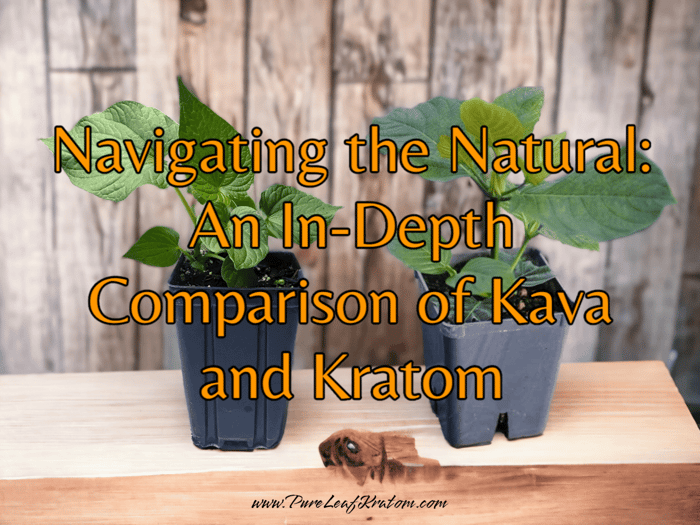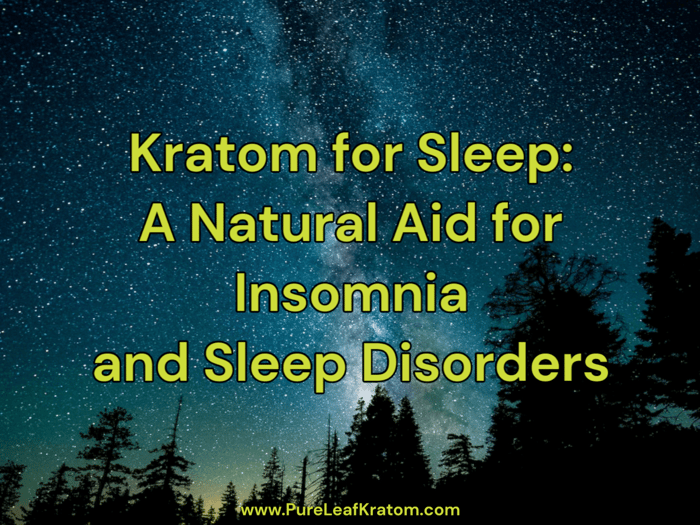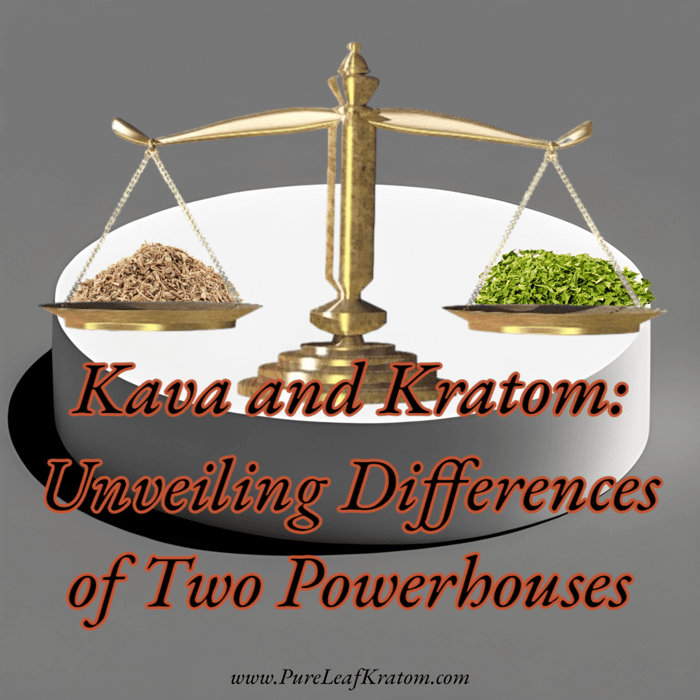
Comparing Botanical Bounties: An In-Depth Analysis of Kava and Kratom
Exploring Kava and Kratom: Traditional Roots, Modern Applications
In an era where the quest for equanimity is loaded with synthetic pharmaceuticals, an increasing number of individuals are turning towards natural remedies. In this piece, the limelight is on two such wonders - Kava, and Kratom; herbal supplements that have ancient roots yet a modern twist.
History and Heritage of Kava
The kava plant, a native to the Pacific Islands, is a key part of the indigenous cultures where it originates. Culturally significant and rich in tradition, Kava is a long-standing cornerstone of many Pacific Island communities, offering much more than restful slumber and muscle relaxation. In these societies, kava rituals and ceremonies have been a focal point for unity, conflict resolution, welcoming visitors, and even communing with the divine.
The age-old preparation method only affirms its significance-- traditionally, kava is leveraged by pounding its root, mixing it with water, and ultimately straining the concoction to be consumed as an invigorating, ceremonial beverage. The result? Physical relaxation, a calming effect, and a sprinkle of sociability boost to inspire convivial evenings.
Island Kava Capsules Fijan
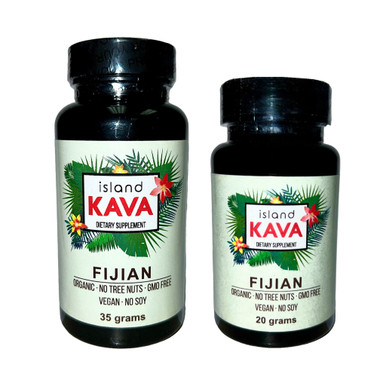
$29.95
Soak in the beauty of the South Pacific with our Island Kava Capsules Fijian. Kava has long been known as a ceremonial drink created by...… read more
The Story of Kratom
On the other side of the globe, the tropical forests of Southeast Asia bore another botanical bounty - Kratom. Known scientifically as Mitragyna speciosa, the kratom tree has been a staple in traditional medicine in its native regions for over centuries. Its leaves were chewed by laborers to ward off fatigue and elevate work productivity, providing an energetic boost when it was needed the most.
Beyond being a workday ally, kratom offered remedies for common ailments such as fever and diarrhea. In some cultures, it even served as an opium substitute, helping many navigate through the discomfort of opium withdrawal symptoms. In modern times, kratom preparations have gone beyond borders, finding their way into Europe and the United States. Today they are often used as a dosage guide for relief from various conditions like chronic pain, mood disorders, and as a remarkable alternative to opioid painkillers.
Though boasting a wide array of potential benefits, one should tread the path of Kratom use carefully. Overindulgence or mixing with other substances could result in serious health challenges.
For the uninitiated, these supplements might seem intimidating or confusing. As we delve deeper into these bounties of nature, it's important to remember - the secret to truly enjoying and benefiting from these natural allies lies in their mindful and respectful use. Let's navigate this intriguing world of herbal exploration together.
Raw Kratom Capsules White Borneo
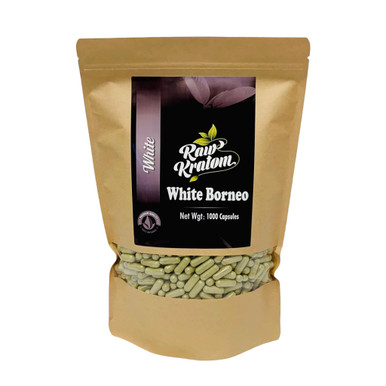
$69.95
Raw Kratom White Borneo Capsules Directly sourced and meticulously harvested from the fertile lands of Borneo, our Raw Kratom Capsules White Borneo introduce you to...… read more
Understanding Kava and Kratom
In order to fully appreciate the differences between kava and kratom, we need to learn more about their active ingredients and how they impact the human body. Further, understanding how these herbal supplements are consumed, their onset times, and half-life can also contribute to a well-rounded perspective.
Active Ingredients in Kava and Kratom
Each of these botanical bounties contains unique active ingredients that can significantly impact the user's bodily and mental state.
Key Components in Kava
Kava is rich in compounds known as kavalactones, which are integral for potential health effects, particularly their anti-anxiety and sleep-inducing capabilities. Kavalactones have the ability to interact with the GABA receptor, modulating neuronal activity, and ultimately aiding in managing symptoms related to anxiety and lack of sleep. Of note, recent studies suggest that kavalactones may also have the ability to protect neurons from damage by inhibiting certain inflammatory pathways and boosting the body's production of antioxidant enzymes.
Key Components in Kratom
Unquestionably, mitragynine and 7-hydroxymitragynine are kratom's central active compounds. These compounds interact with the brain's opioid receptors, and are believed to play a crucial role in pain management and mood enhancement. While these indole alkaloids can help to provide relief from conditions such as chronic pain and mood disorders, more research is needed to completely understand the effects of these compounds on the human body, as well as their interactions with other substances.
Effects and Uses of Both Substances
Unsurprisingly, different active ingredients lend themselves to different effects on the human body and mind. Here's a deep dive into what you need to know.
Effects and Uses of Kava
Kava's kavalactones have multiple noteworthy effects on our nervous system. They are most well-regarded for their anxiolytic, sedative, and muscle-relaxing properties but have also been seen to induce mild euphoria, potentially boosting mood. These properties make kava a sought-after remedy for anxiety and sleeplessness. It's important to know that high doses of Kava can lead to the decline in ability to perform complex tasks like driving safely and others that require coordination and reaction time.
Effects and Uses of Kratom
Kratom, largely due to its active compounds, mitragynine and 7-hydroxymitragynine, exerts a dual-action effect. At lower doses, these substances enhance mood and create a feeling of euphoria, while at higher doses, they can act as a natural analgesic and sedative. Some empirical evidence also suggests antidepressant properties, indicating the potential for a positive impact on mental health, notably for those battling mood disorders or anxiety.
Consumption, Onset, and Half-life
The benefits obtained from kava and kratom can fluctuate based on consumption methods, onset times, half-lives, and even on an individual's personal genetics and co-ingestion of other substances.
Kava Consumption
Factors such as dosage, method of preparation, and the specific plant parts used can significantly impact the effect of kava on the body, affecting both the psychotropic properties and potential risks. Particular preparations of kava are more likely to result in liver toxicity, calling for greater quality control in kava products.
Kratom Consumption
Similarly, Kratom's impact can vary based on the amount consumed, method of preparation, and the strain of the plant used. Some evidence suggests a correlation between longer-term, higher-dose Kratom usage and mental health concerns, including the exacerbation of symptoms in individuals predisposed to mental illness. Appropriate dosage and careful selection of Kratom strains can help to mitigate these risks.
Pure Infinity Botanicals Kava Extract 6 Tablets
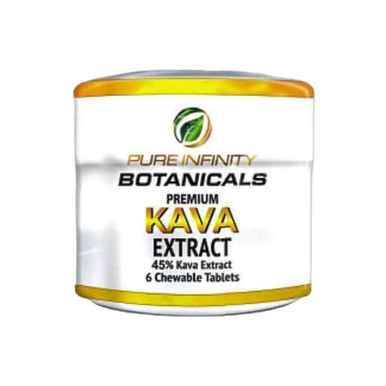
$19.95
Pure Infinity Botanicals Kava Extract 6 Tablets Pure Infinity Botanicals is committed to delivering top-tier natural products designed to elevate your daily wellness routine. Pure...… read more
Legality and Controversy of Kava and Kratom
While Kava and Kratom are seen as beneficial and versatile herbal supplements, they’ve both faced legal and societal scrutiny across the globe. This is due, in part, to concerns about the potential health impacts of their use, safety, and quality control.
Legal Status In The U.S. And Worldwide
Kava
In the South Pacific regions, where kava originates, it has enjoyed legal status and cultural integration for centuries. Countries such as Vanuatu, Fiji, Tonga, and Samoa continue to legally consume kava as an integral part of their traditions. Internationally, the legal landscape for Kava has had more variability. For instance, in the early 2000s, Europe briefly placed a ban on Kava extracts over liver toxicity concerns, but most bans were lifted by 2015 due to the lack of substantial evidential support. However, some restrictions regarding its import and quality control persist.
In the United States, kava is legal; there is no federal ban, but the Food and Drug Administration (FDA) advises consumers of potential liver risks. In comparison, countries like Australia and New Zealand have regulations on the types of kava products that can be sold. For instance, Australia disallows solvent-extracted kava products and its aerial parts. On the other hand, kava was completely banned in Poland until it was recently legalized in 2018. Hence, the legality of kava globally differs vastly, from complete legality to stringently controlled and regulated.
Kratom
Kratom’s legal trajectory reflects its complex relationship with societal health, substance use, and attitude of authorities. In the United States, kratom is mostly legal, with a few exceptions such as Alabama, Arkansas, Indiana, Vermont, and Wisconsin. However, the Drug Enforcement Administration has listed Kratom as a drug and chemical of concern, and the FDA has issued alerts warning consumers away from Kratom.
Internationally, kratom is illegal in several countries such as Malaysia, where Kratom originates, United Kingdom, Sweden, and Thailand, among others. Primarily, these restrictions arise due to concerns over its opioid-like effects and potential for dependence, addiction, and withdrawal. The overall unclear legal status of Kratom worldwide calls for regulations that ensure safety while recognising its benefits.
Controversy Surrounding Kava And Kratom
Kratom Controversy
Kratom, though seen as an opioid alternative, is often embroiled in debates concerning its safety and public health impacts. It's been observed that majority of Kratom users are middle-aged, middle-income Americans self-treating pain and mood disorders. Addressing pain management and mood enhancement, it offers perceived therapeutic benefits, but possible toxicities and adverse events like seizures, liver and cardiac effects, particularly in combination with other drugs, present concerns.
Potential implications of Kratom on public health demand further research to better define its safety profile and therapeutic properties. Measures for better regulation and public awareness are required to safeguard all user groups, particularly those at higher risk.
Kava Controversy
Despite Kava’s standing as an anxiety relief alternative, it’s not without its controversies. Kava use can have substantial health effects, many of which are temporary and reversible once consumption ceases. However, concerns such as skin rash, weight loss, appetite/indigestion issues, and elevated liver enzymes prevail. The long-term use of kava is linked with significant public health issues, including liver health, malnutrition, and mental health concerns. It is crucial for potential users to be aware of the potential effects of Kava, especially regarding its interaction with alcohol, medications, and certain pre-existing conditions.
This reveals an urgent need for stringent quality control measures, and well-informed usage by consumers mindful of Kava’s potent effects. It's imperative that debates on Kava consider the delicate balance between its medicinal benefits and potential health risks.
Comparison Between Kava and Kratom
Differentiating between Kava and Kratom involves comparing their unique properties, effects, benefits, and risks. Let's delve into the details and consider some parallel points.
A Detailed Comparison: Benefits and Risks
Benefits and Risks of Kava
Kava is known for its calming effect and is often utilized as a tool to relieve anxiety and promote restful sleep. It can induce a sense of sociability and may even serve as a muscle relaxant. However, like all substances, kava comes with potential risks. While traditionally a social lubricant and ritualistic tool, misuse can lead to liver issues and other health problems.
Benefits and Risks of Kratom
Kratom, on the other hand, displays mood-enhancing and pain-management properties. In low dosages, it can provide an energetic boost and enhance focus. Higher doses, though, play a significant role in pain management and sedation. However, prolonged use, especially at high dosages, is linked with dependency, withdrawal symptoms, and increased tolerance. Furthermore, concerns over addiction and risks associated with its misuse have led to varying degrees of legality across different regions.
Understanding Side Effects, Drug Interactions, Withdrawal Symptoms, and Addictive Potential
Potential Side Effects and Drug Interactions of Kava
While kava is generally well-tolerated in moderate amounts, high dosages can cause side effects like headache, dizziness, and liver issues. Concurrently consuming it with other substances might also result in adverse interactions.
Potential Side Effects and Drug Interactions of Kratom
Kratom also, though beneficial in many ways, may pose a risk to health in certain situations. Frequent and high dosages can lead to nausea, constipation, and more severe consequences like dependency and withdrawal symptoms. The danger magnifies when it is mixed with other substances. Withdrawal symptoms can include disturbed sleep, loss of appetite, restlessness, and cravings, among others.
Hush Kratom Extract Shot Coffee Infused 10mL
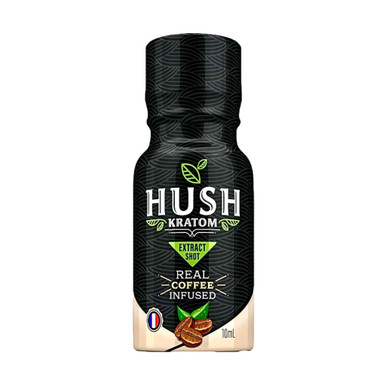
$11.69
Hush Coffee Infused Liquid Kratom Extract Shot 10mL Wake up with the taste of fresh coffee and Kratom in the morning! Our Coffee Infused...… read more
Comparative Analysis: Traditional Medicinal Use vs. Modern Recreational Use
Both Kava and Kratom have traditional medicinal roots that have gradually extended into the sphere of modern recreational use.
Historical Medicinal Use of Kava
With origins in the Pacific Islands, Kava has long been used traditionally to improve mood, promote relaxation, and bring communities together. Its anxiety-relief properties stem from this historical medicinal usage.
Historical Medicinal Use of Kratom
Kratom, native to Southeast Asia, has been consumed traditionally by laborers for its energy-boosting properties and to ease chronic pain and discomfort. With time, the West began to notice its benefits, and it rapidly found a place in the global arena of natural remedies.
Understanding the Shifts Toward Recreational Use For Both
Despite the potential health risks, both Kava and Kratom have witnessed an increased shift toward recreational use. They are consumed not just for therapeutic benefits but also for relaxation, social bonding, and even in pursuit of a euphoric high. However, this uptick in recreational usage underlines the necessity of using these substances with due respect and necessary precautions.


